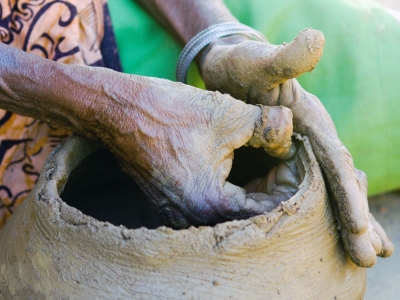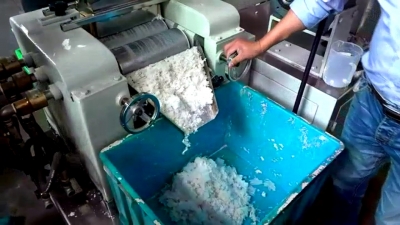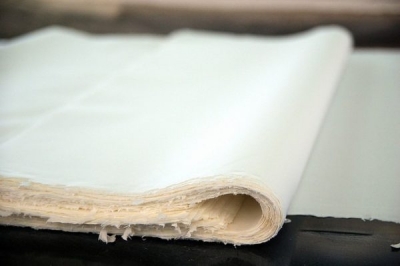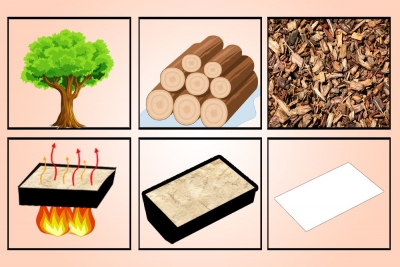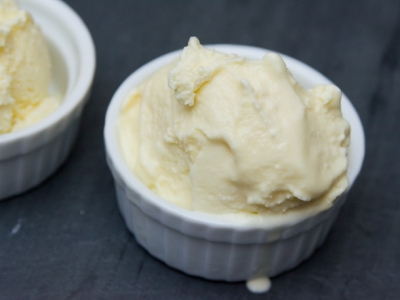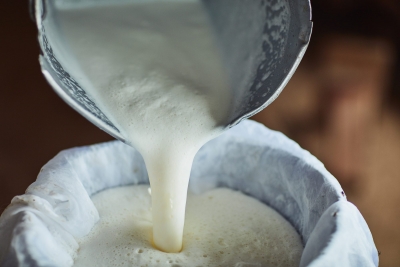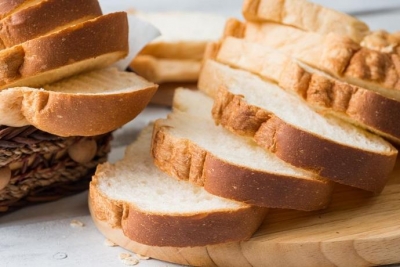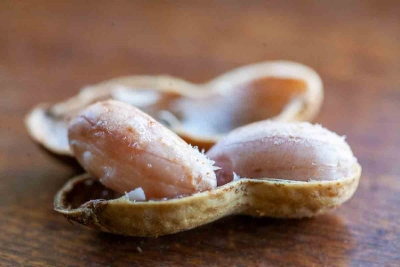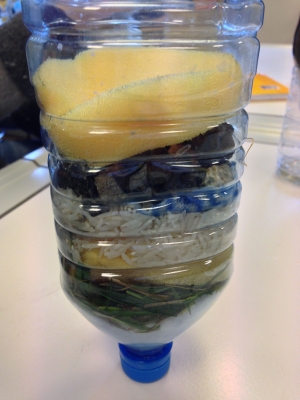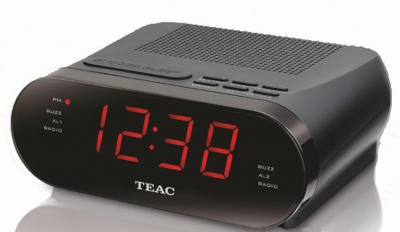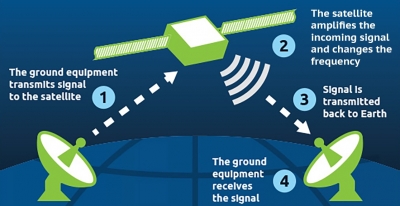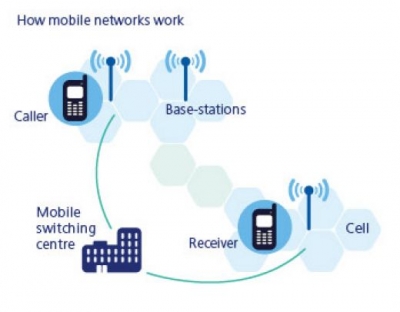What are natural fibres?
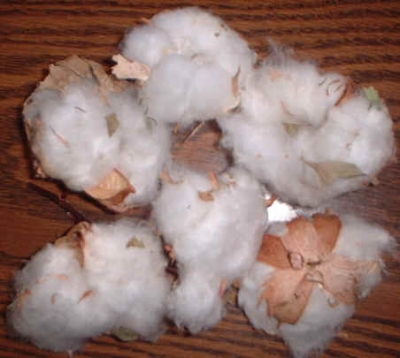
Look very closely at a piece of thread Do you see the fibres in it? Fibres are the raw materials of fabric.
Many of our clothes are made of plant fibres. Cotton is the most widely used natural fiber. Its fibres come from the seed pods of the cotton plant. A carding machine makes the tangled strands of cotton all lie in the same direction. Then the strands are twisted and stretched to make cotton thread. When it is woven into cloth, cotton is light and cool to wear.
Linen comes from the stem of the flax plant. After the plants are cut, they are soaked in water to loosen the fibres in the stems. Machines then clean the fibres and spin them to make linen thread. Linen is woven into very fine cloth. It is cool to wear, even on a hot day. Silk comes from a caterpillar called a silkworm. It makes silk fibres. It grows by eating leaves from the mulberry tree. Then it spins a cocoon around itself, using one very long strand of fine silk thread. Silk thread is made by twisting the strands of several cocoons together. Pure silk cloth is thin and fine, but very strong.
We get wool from animals. Most wool comes from sheep. The farmers usually shear the sheep once a year. The fibres are straightened to make yarn. Pure wool can be knitted or woven to make warm clothes.
Picture Credit : Google
